Ask Jack: The Lightest Element?

A few weeks ago, I took the checkered flag at Mid-Ohio as the winner of the Honda Challenge class and was promptly directed to the scales for a post-race weigh-in. The tech crew pushed my Accord up onto the scales and the young lady at the computer shot me an inquiring look.
“Okay… looks like you’re at 3,176. What’s your listed race weight?”
“Three thousand even,” I replied, since that’s the minimum weight for V6 cars in Honda Challenge. She poked a few buttons on her laptop.
“Are you usually… this much overweight?”
“You,” I replied, “sound like every woman I ever met on an OKCupid date.”
The fact of the matter is that it’s almost impossible to cut a 2014 Accord Coupe down to 2,700 pounds without fuel, particularly after you put in a rollcage, and that’s what I would need to cross the scales at three K flat. If I could manage it, however, I’d likely stretch my margin of victory even further. You wouldn’t know it to look at 2018’s “performance car” market, but weight is the senior partner in what we call the power-to-weight ratio. It’s why Robert Kubica willingly cut muscle to lose 13 pounds for the 2008 F1 season; there was no more fat for him to lose, but the stopwatch doesn’t care if you’re pulling fat, muscle, fuel, or depleted uranium.
Losing weight isn’t always a struggle of Kubica-esque proportions. I lost a full three pounds off my combined bike-and-rider weight recently by switching to a titanium frame with carbon fork. I could have made the same gains by ordering a smaller filet on weekend nights but there’s no joy in that. Porsche took a few ounces off the 911 GT3RS by putting stickers on the car in place of little plastic logos. They even got to charge more for it. And then there’s the remarkably pain-free choice faced by this week’s “Ask Jack” contender.
Ross writes,
I’ve been rocking steel wheels on my Honda Element for the last 10 years. I just noticed that I can get good used Honda aluminum rims for $150/set. Not sure it’s worth the hassle to upgrade just for the looks. Apparently the aluminum rims are about 3.5 lbs lighter per wheel. So that would take total wheel weight (w/ tire) from 49.5 ish to 46 ish lbs. Would I notice a difference in daily driving?
In the cycling world, we say that one rotating pound is worth about three static pounds. It’s not hard to understand why. Static weight, such as a seat or a radiator shell or a windshield, has to be accelerated. Rotating weight, such as a wheel or a crankshaft, has to be rotated up to speed in addition to being accelerated. There’s a little bit of math involved if you want to get really jiggy with it. When two wheels are the same weight, the larger one will require more energy to spin. If you have the choice of saving weight on the wheel or the tire, choose the lighter tire. Hollow crankshafts sap more power than solid crankshafts made from a less dense material. That kind of thing.
For Ross, however, the math is pretty plain. Switching to aluminum wheels would save him the equivalent of 45 static pounds. That’s not a lot compared to the 3,500-pound average curb weight of an Element. But it ain’t nothing either, if you catch my double negative drift. As you would expect, the Canadian government has gone through the trouble of coming up with some figures for the correlation between weight savings and fuel cost. They believe that Ross would save about $164 (CDN) over the course of 120,000 miles. That’s about the price of the wheels, which makes this a wash as long as you were going to have new tires mounted anyway.
Luckily for Ross, there are a few other benefits to saving weight on wheels. Ride and handling are affected by wheel weight to a surprising degree because wheel weight is “unsprung”. Which is another way of saying that it doesn’t benefit from your suspension, since it’s on the wrong side of the suspension. Lighter wheels tend to skip over obstacles compared to their heavier counterparts. They exert less strain on bearings and bushings.
Lighter wheels are also easier to turn; your steering will feel less numb if you switch to aluminum wheels. Last but not least, aluminum wheels tend to have better venting for brakes, meaning that your pads and fluid will last longer. There’s virtually no drawback to them, other than a potential reduction in durability. With some aftermarket wheels, that’s an issue — I’ve bent the “Sparco” wheels made by O.Z. Racing’s Chinese partners more than once. These being OEM Honda wheels, however, I wouldn’t worry about it.
In short, I don’t see any reason for Ross not to upgrade his Element. It’s an easy weight savings at low cost. There’s also the possibility that having alloy wheels will make it easier for him to sell when the time comes. Not that he’ll have any trouble. Despite their barn-door aerodynamics and ‘Vette*-like quarter-mile performance, the Honda Element is very popular with the cycling and outdoorsy crowds. You might even say this particular Element is in the process of being transmuted by the used-car market into… if not gold, then at least silver!
* That’s “Vette” as in Chevette.

More by Jack Baruth
Latest Car Reviews
Read moreLatest Product Reviews
Read moreRecent Comments
- Redapple2 Gen 1 - 8/10 on cool scale.Gen 2 - 3/10.
- SCE to AUX "...to help bolster job growth and the local economy"An easy win for the politicians - the details won't matter.
- Kjhkjlhkjhkljh kljhjkhjklhkjh so now we will PAY them your tax money to build crappy cars in the states ..
- SCE to AUX Yes, I'll miss it, and it doesn't make sense to kill off your 3rd-best seller. 2023 was its best year since 2018.
- SCE to AUX This was the same car I had (05 xB, stick, "camouflage" color) for 7 years - great car.We called ours "The Lunchbox". I added aftermarket wheels, and the 3rd-party cruise control the dealers could install.It suffered only two failures: bad window switch in week 2 (dealer fixed in 1 hour), bad trailing O2 sensor (fixed myself for $70). Fuel economy was always 28-34 mpg.It was a potential death trap, and ride quality became unbearable after 2 hours. I once did a 10-hour round trip in it and could barely walk after.Traded it for a 2012 Leaf, which was a better car in some ways.
















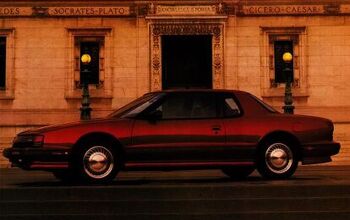
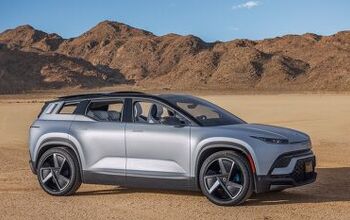
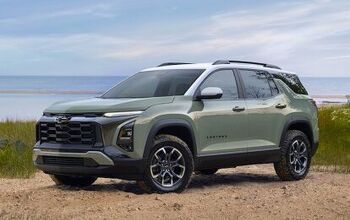
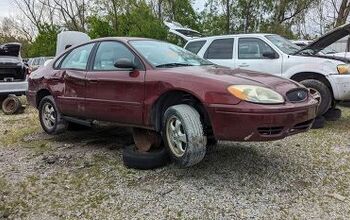
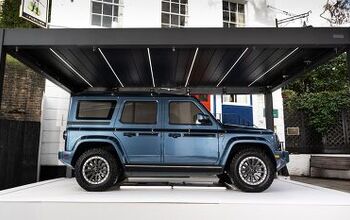
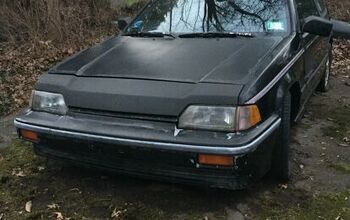


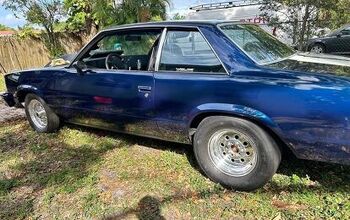
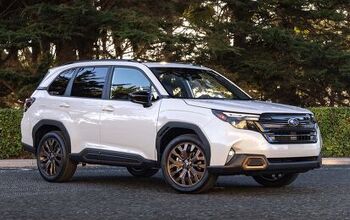
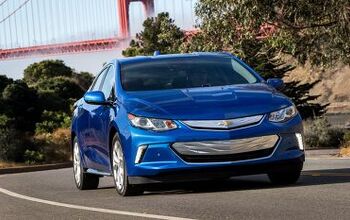


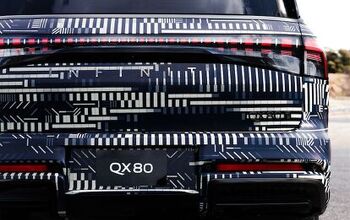
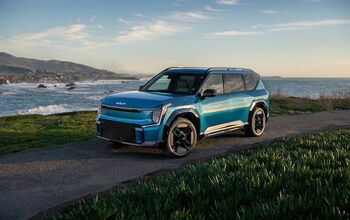
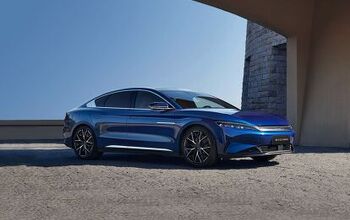


Comments
Join the conversation
Why don't they make a minivan with an Element style EZ clean interior? 5,800 miles of two boys and two Labs, and it took me nearly two hours to get the inside looking not horrible in the Sienna. Minivans should not have carpet!
The equivalent inertial mass of wheels is less than two. The factor is two for a thin ring, and 1.5 for a solid disk. So it has to fall somewhere between that range. Maybe 25 pounds of inertial mass lost in this example. You do feel that mass a lot more on a bicycle/motorcycle because there is additional effort involved in changing the plane of the rotational mass whenever you lean it.